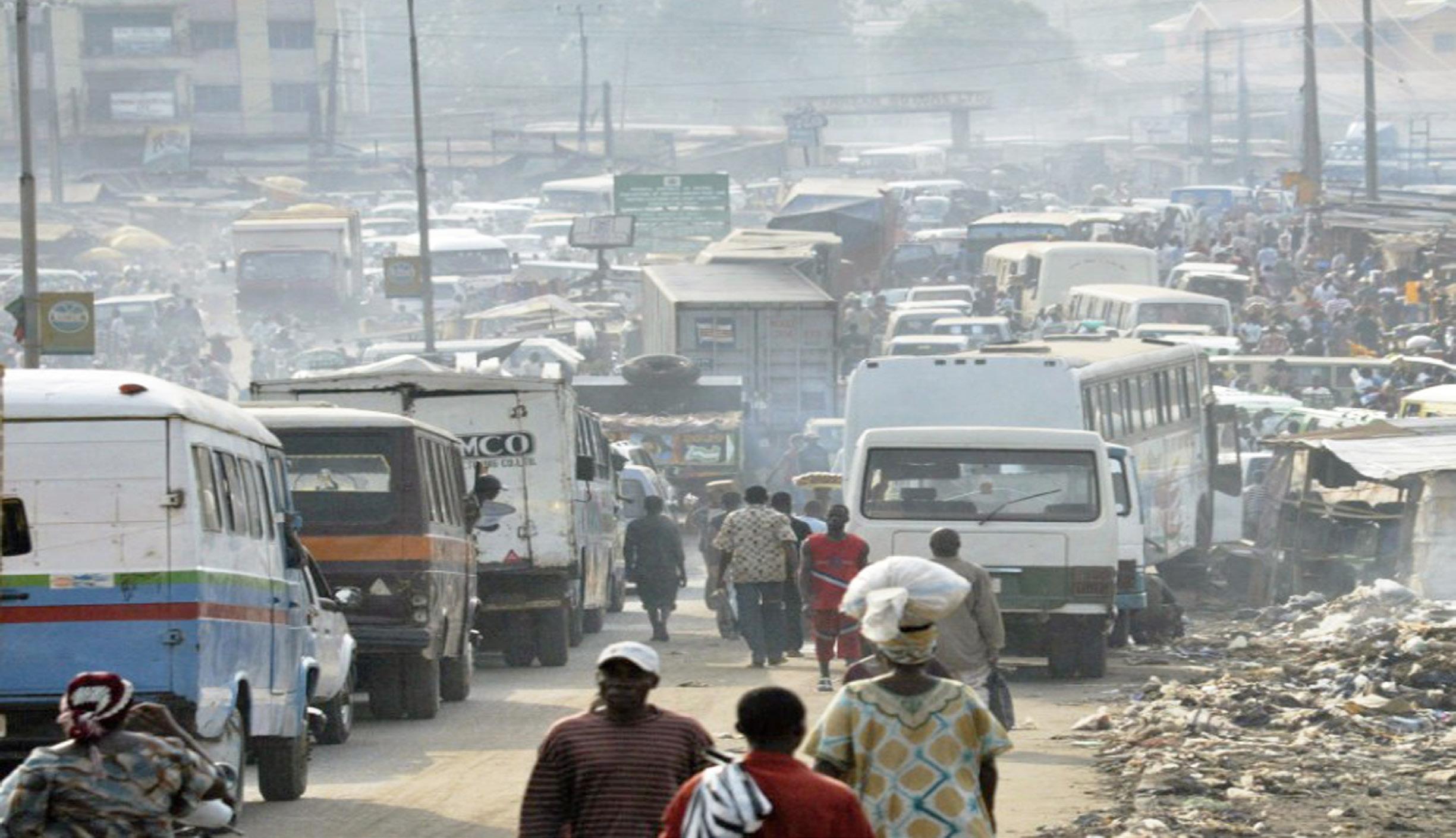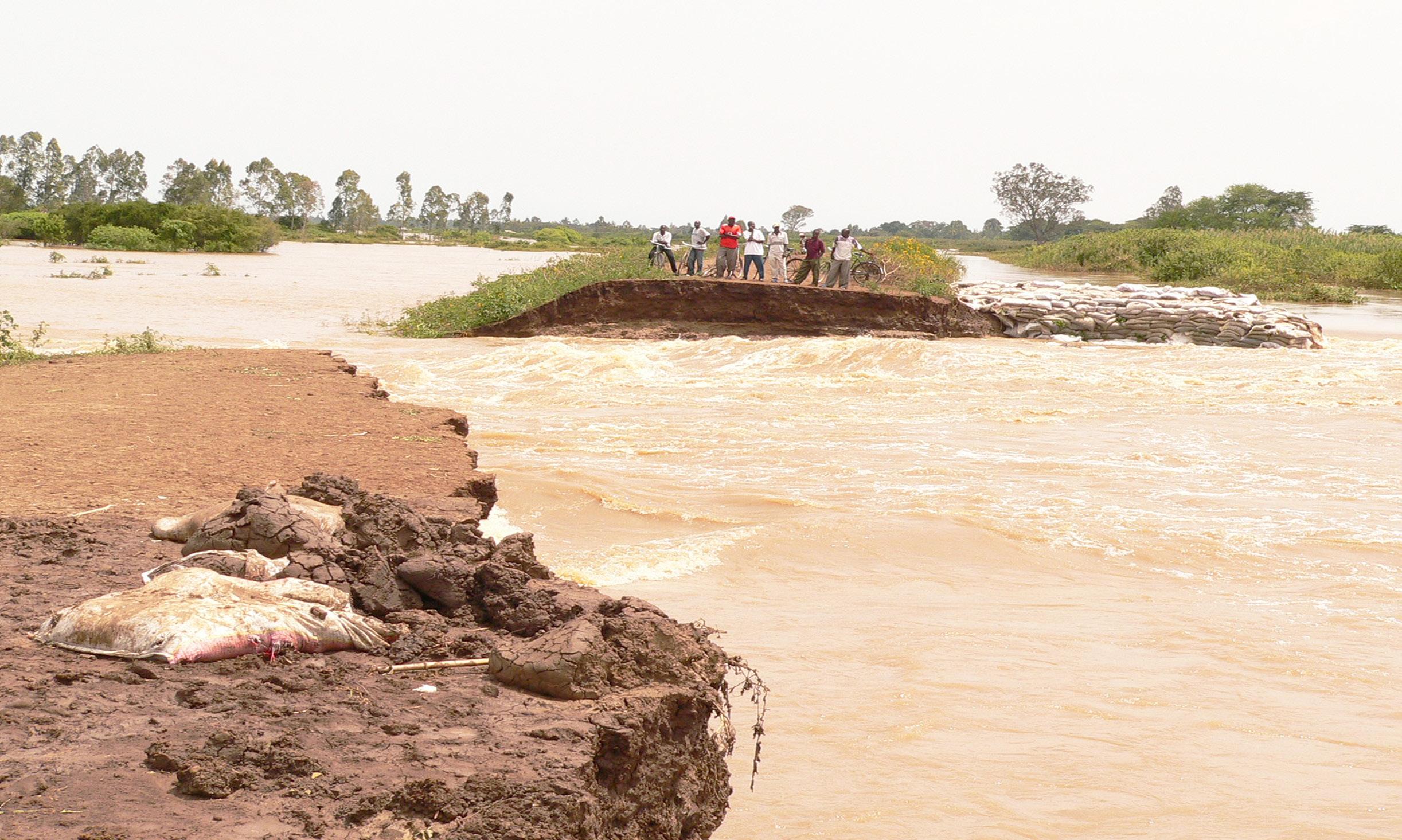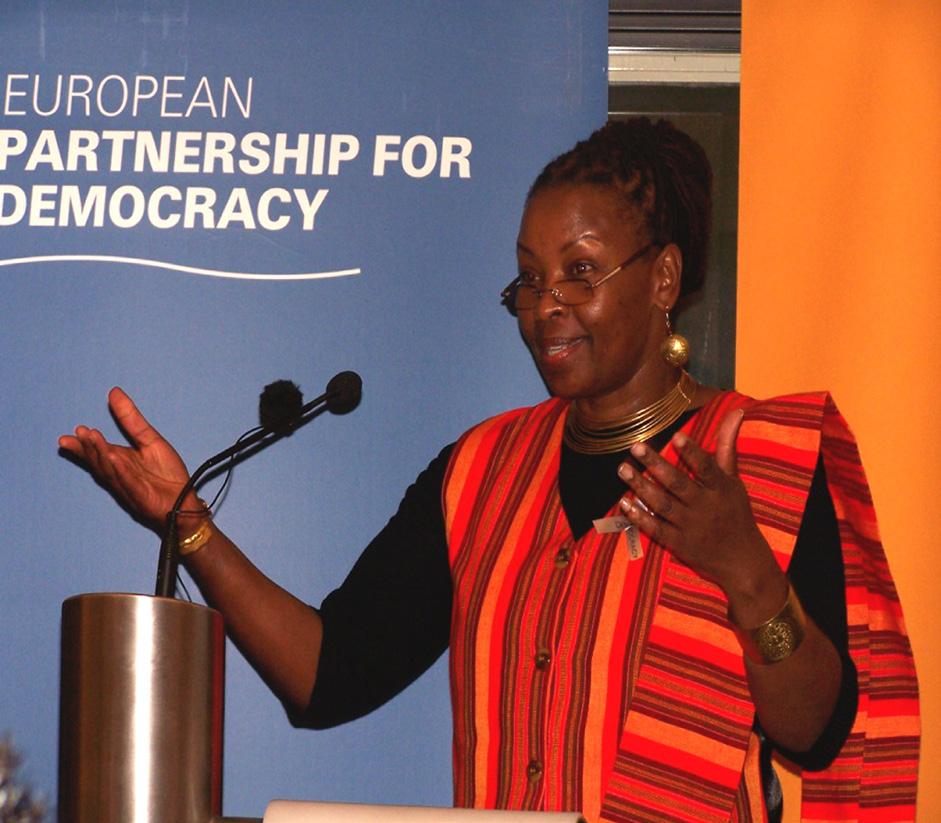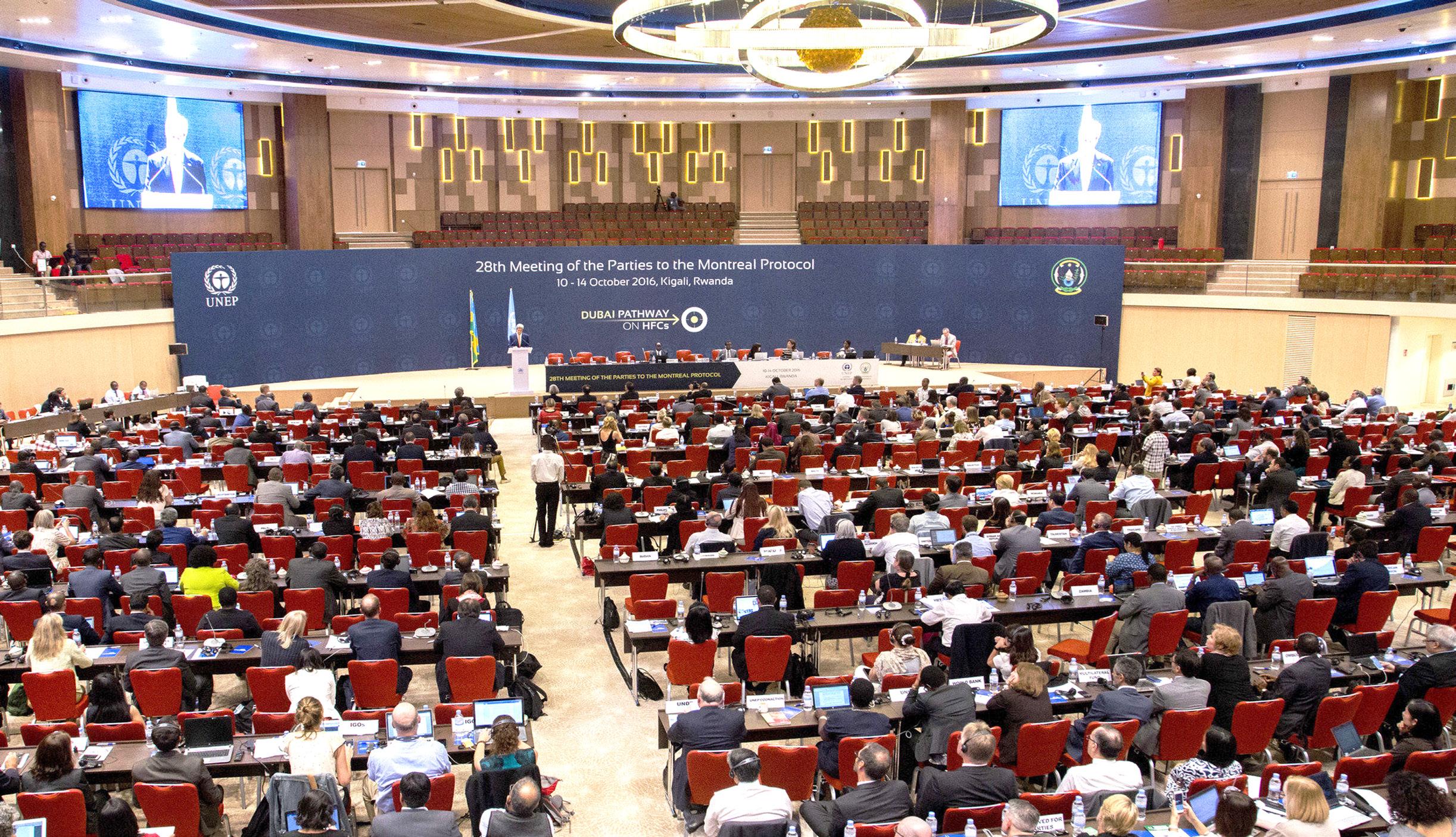CLIMATE CHANGE
CLIMATE CHANGE:
Inequalities exacerbate climate impacts on poor and vulnerable people – new UN report
In the past 20 years, 4.2 billion people have been affected by weather-related disasters, including a significant loss of lives.
By Staff Writer
E
vidence is increasing that climate change is taking the largest toll on poor and vulnerable people, and these impacts are largely caused by inequalities that increase the risks from climate hazards, according to a new report launched by the United Nations, in early October. “Sadly, the people at greater risk from climate hazards are the poor, the vulnerable and the marginalized who, in many cases, have been excluded from socioeconomic progress,” noted UN Secretary-General Ban Ki-moon in the World Economic and Social Survey 2016: Climate Change Resilience – an Opportunity for Reducing Inequalities, produced by the UN Department of Economic and Social Affairs (DESA). “We have no time to waste – and a great deal to gain – when it comes to addressing the socioeconomic inequalities that deepen poverty and leave people behind,” he added. Speaking to reporters at UN Headquarters in New York at the launch of the report, the UN Assistant Secretary-General for Economic
14
Development Lenni Montiel said: “Persistent inequalities in access to assets, opportunities, political voice and participation, and in some cases, outright discriminations leave large group of people and community disproportionally exposed and vulnerable to climate hazards.” He added that through transformative policies, the governmenst can “address the root causes of inequalities, to reduce the vulnerabilities of people to climate hazards, building their longer term resilience.” On transformative policies, the Chief of Development Strategy and Policy at UN Department of Economic and Social Affairs, Diana Alarcon, said such policies could help build climate change resilience, close inequality gaps, provide access to financial services, to diversification of the livelihoods, to quality education and health and social security. She added: “it is that kind of transformation that leads to development.” While there is considerable anecdotal evidence that the poor and the vulnerable suffer greater harm from
EnviroConserveAFRICA August/October 2016
climate-related disasters, the report determined that much of the harm is not by accident, but that it is due to the failure of governments to close the development gaps that leave large population groups at risk. In Nepal, mountain infrastructure such as hydropower plants, roads, bridges and communication systems are at risk with climate change and more variability in water runoff. In the past 20 years, 4.2 billion people have been affected by weather-related disasters, including a significant loss of lives. Developing countries are the most affected by climate change impacts. Low-income countries suffered the greatest losses, including economic costs estimated at 5 per cent of gross domestic product. The report argues that while climate adaptation and resilience are overshadowed by mitigation in climate discussions, they are vital for addressing climate change and achieving the Sustainable Development Goals (SDGs) by 2030.






